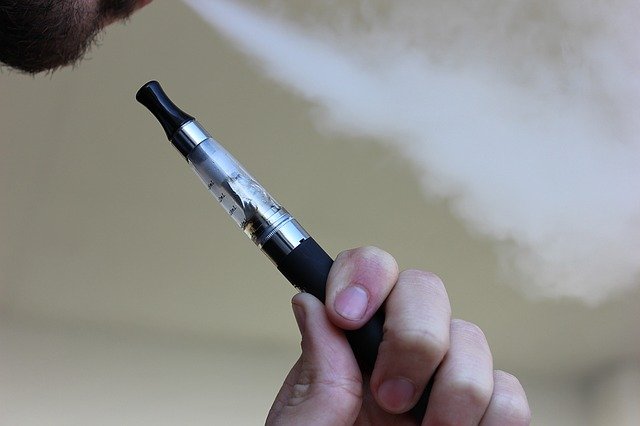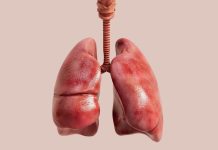
In a recent study, researchers from the University of California, San Francisco found that e-cigarette and tobacco use is linked to a higher risk of oral cancer.
Tobacco use is a leading cause of oral cancer, but the tobacco use is changing with increasing use of non-cigarette tobacco products and dual-use of multiple product types.
In the study, the team examined exposure to known carcinogens according to recent use of different tobacco product types, alone or in combination.
They analyzed data from the Population Assessment of Tobacco and Health.
It includes a sample of U.S. adults who provided urine specimens for analysis of tobacco-specific nitrosamines (TSNAs) N’-nitrosonornicotine (NNN), a known oral and esophageal carcinogen, 4-(methynitrosamino)-1-(3)-pyridyle-1-butanol (NNAL), a metabolite of lung carcinogen (NNK) and total nicotine equivalents.
Participants were categorized according to use of combustible — which includes cigarettes, cigars, water pipe, pipes, blunts (marijuana-containing cigars), smokeless — which includes moist snuff, chewing tobacco and snus, e-cigarettes and nicotine replacement products.
For each product, recent use was defined as within the prior 3-days and non-use defined as none within 30-days.
The team found that all tobacco use categories showed higher nicotine and TSNA concentrations relative to non-users.
TSNA exposures were highest among smokeless tobacco users, whether used or together with other product types.
E-cigarette users were exposed to lower NNN and NNAL levels than other product users, despite comparable nicotine exposure.
However, most e-cigarette users concurrently used combustible tobacco resulting in TSNA exposure similar to exclusive cigarette smokers.
The analysis shows that non-cigarette tobacco users are exposed to carcinogen levels similar to or higher than exposure among cigarette smokers.
The levels can place these users at higher risk of oral cancer.
The study was presented at the 96th General Session of the International Association for Dental Research (IADR).
Copyright © 2018 Knowridge Science Report. All rights reserved.



